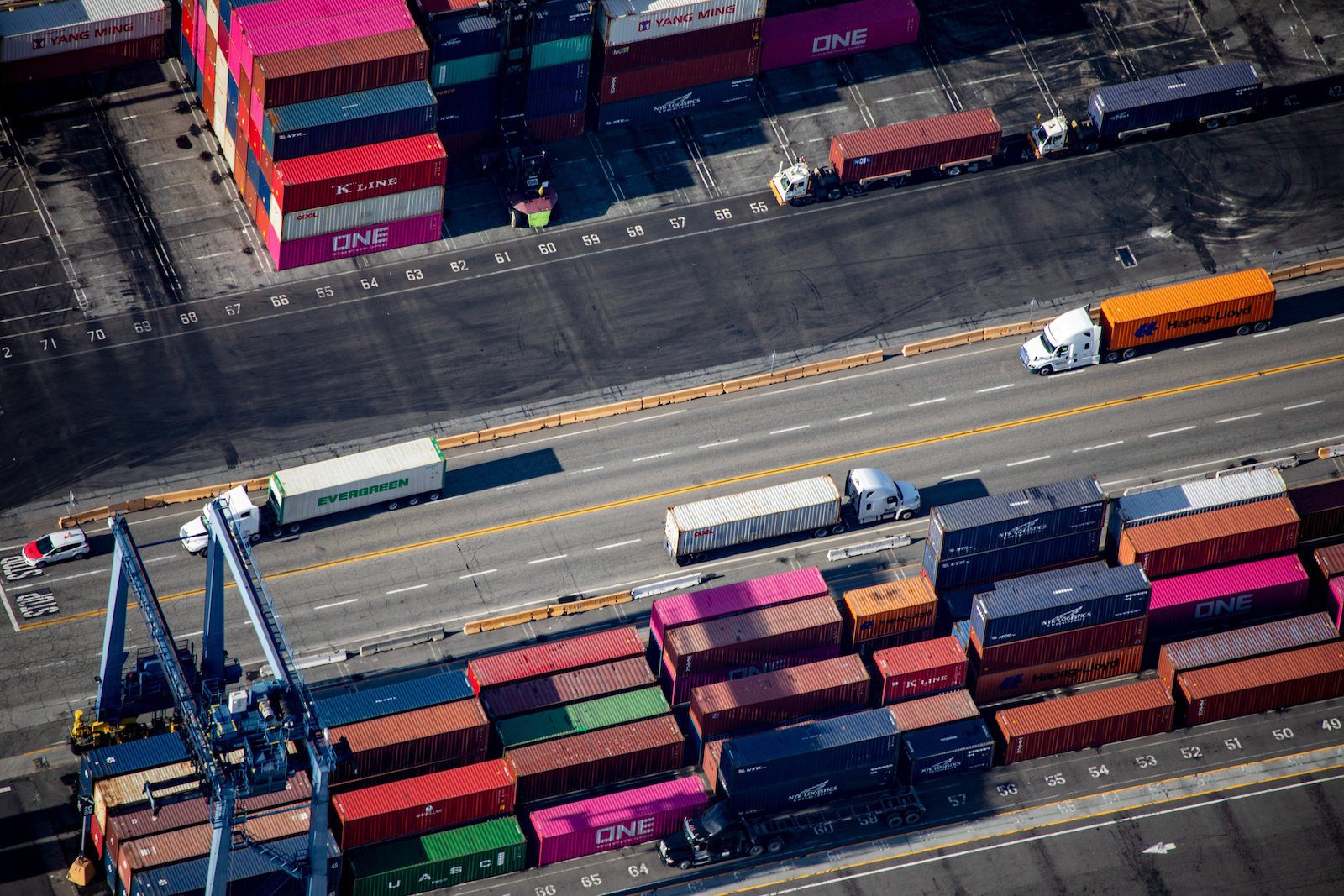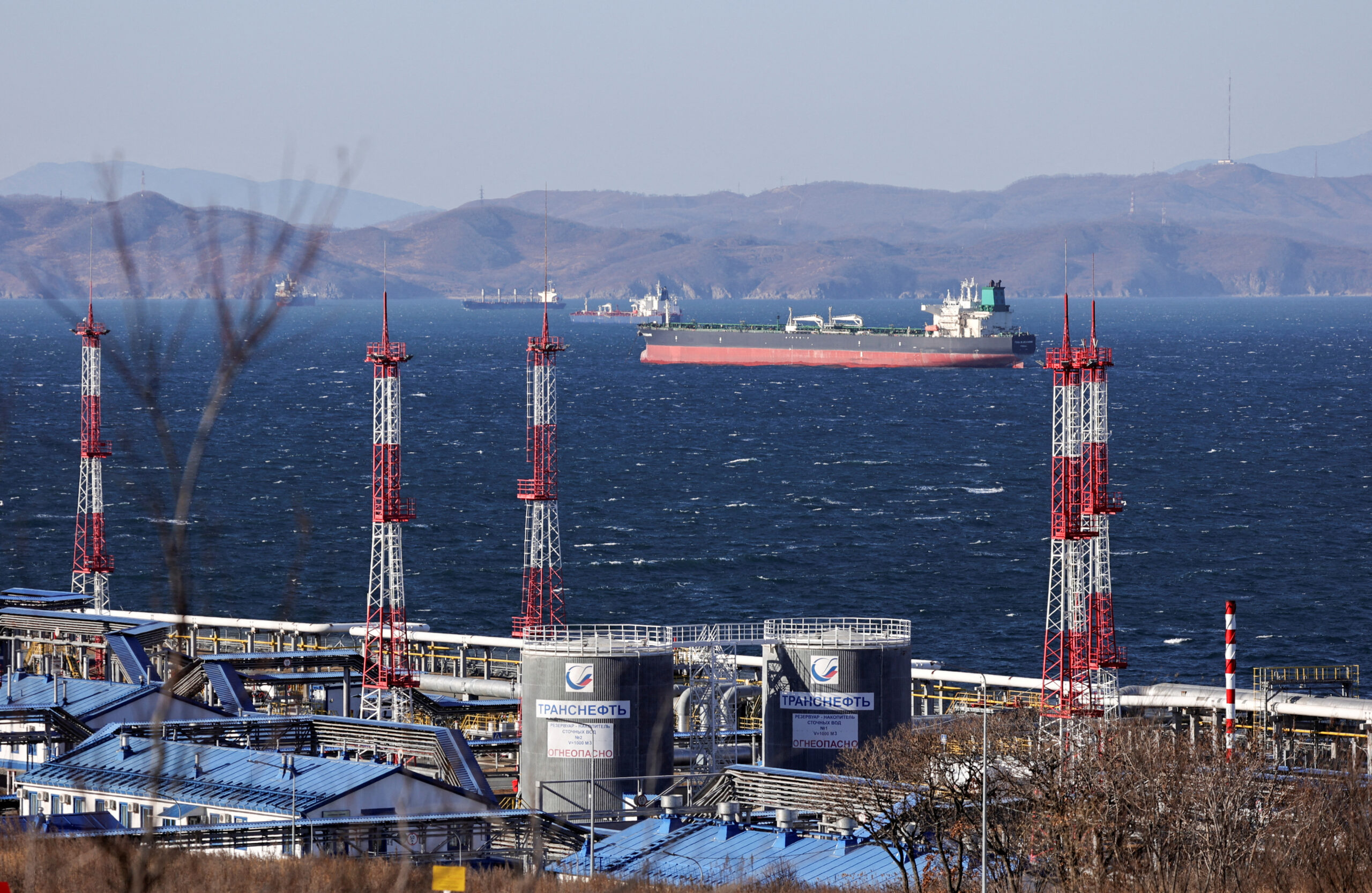By Sam Whelan (The Loadstar) –
Transpacific ocean rates might be experiencing a “post-Covid plummet”, but US import volumes remain high and lower freight rates could be “good for the economy”.
As The Loadstar reported yesterday, the latest Shanghai Containerised Freight Index (SCFI) showed rates from Shanghai to Los Angeles declining 32% in the space of a fortnight, to $3,500 per 40ft.
As a result, the market has “entered a new phase”, according to Flexport. The forwarder added: “The transpacific eastbound (TPEB) specifically is seeing a post-Covid plummet.
“Multiple trades are experiencing rate declines from their pandemic highs, but the TPEB has been declining at an unprecedented rate since late July. Far from a traditional peak season on the trade, rates are plummeting to levels not seen since 2020.”
Flexport said the drop was down to traditional supply and demand factors – supply has remained stable for the past two quarters, while demand has been decreasing due to high US inventory levels and consumers returning to spending on services.
“So far, there’s no indication of where or when rates will settle,” Flexport noted. “Golden Week in early October will provide a breather, likely before an October and November demand lull where, traditionally, TPEB sees some of the lowest rates of the year.
“While rate declines are good for cost savings, there’s still a lot of challenges out there with congestion, chassis shortages, and more blanks on the horizon.”
According to logistics technology platform Descartes, US container imports dropped 1.8% year-on-year in August, ending a record-setting run since mid-2020.
It said: “While the August number was down slightly compared with the same month in 2021, it remained above 2.5m teu, which is still quite high, and above the level that has caused port congestion and delays for the last 18 months.
“The potential impact of a slowing economy, peak season, inflation and fuel costs are all clouding the view of future import volumes.”
However, Richie Lin, logistics consultant director at Team Global Logistics, said the container market was likely adjusting back from the Covid era, rather than reflecting the impact of recession.
He explained: “In the past two years, unstable transit times caused by port congestion, and a lack of labour and equipment, pushed customers to change their inventory strategy from JIT (Just In Time) to JIC (Just In Case). They had to overbook for more products to avoid empty shelves, then the bullwhip effect made everyone in the supply chain acquire redundant raw materials and products.
“After lockdowns were over in the US, port congestion and labour shortages were eased gradually, so the transit time was shortened to make inventories higher than customers expected. As a result, customers had to stop or slow down the import arrangement to digest the overwhelmed inventories and reschedule the production cycle.
“The lesser demand also triggered shipping lines and airlines to decrease freight rates. Decreasing rates are good for a healthy economy because it can help to lower consumer prices, then make consumers more willing to buy products,” Mr Lin added, noting the strong US dollar would also work in the US consumers’ favour and boost imports.
The Loadstar is known at the highest levels of logistics and supply chain management as one of the best sources of influential analysis and commentary.

 Join The Club
Join The Club











